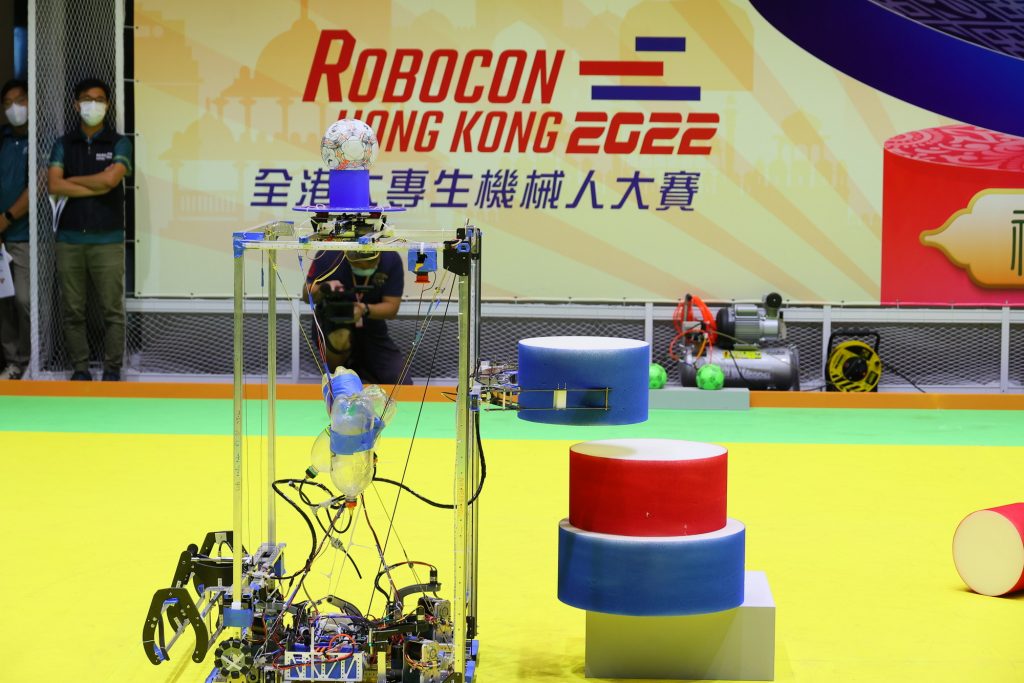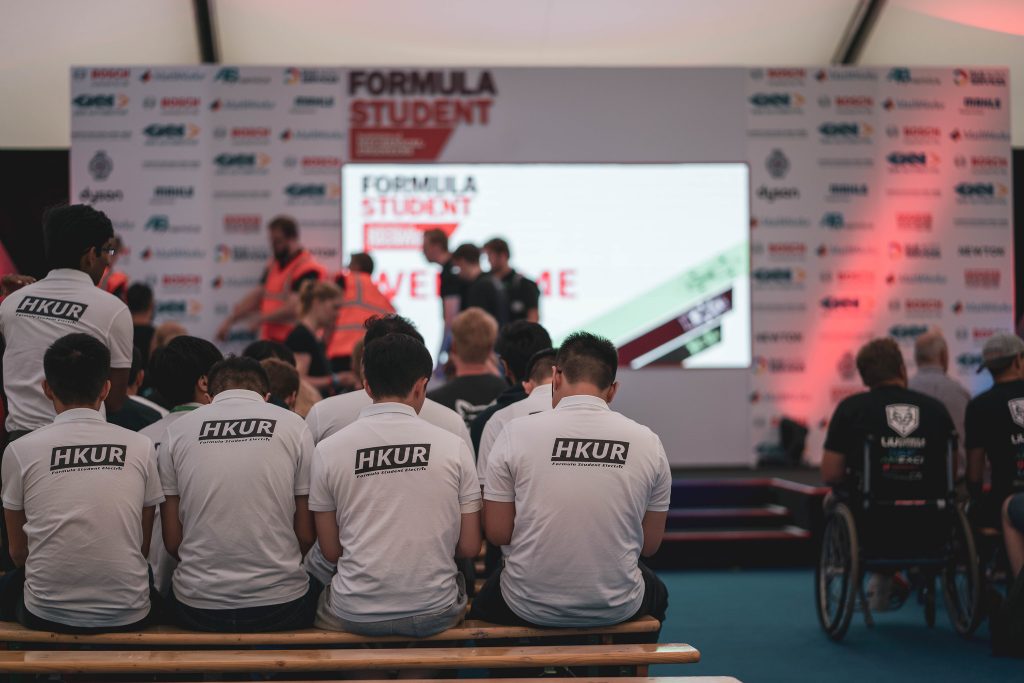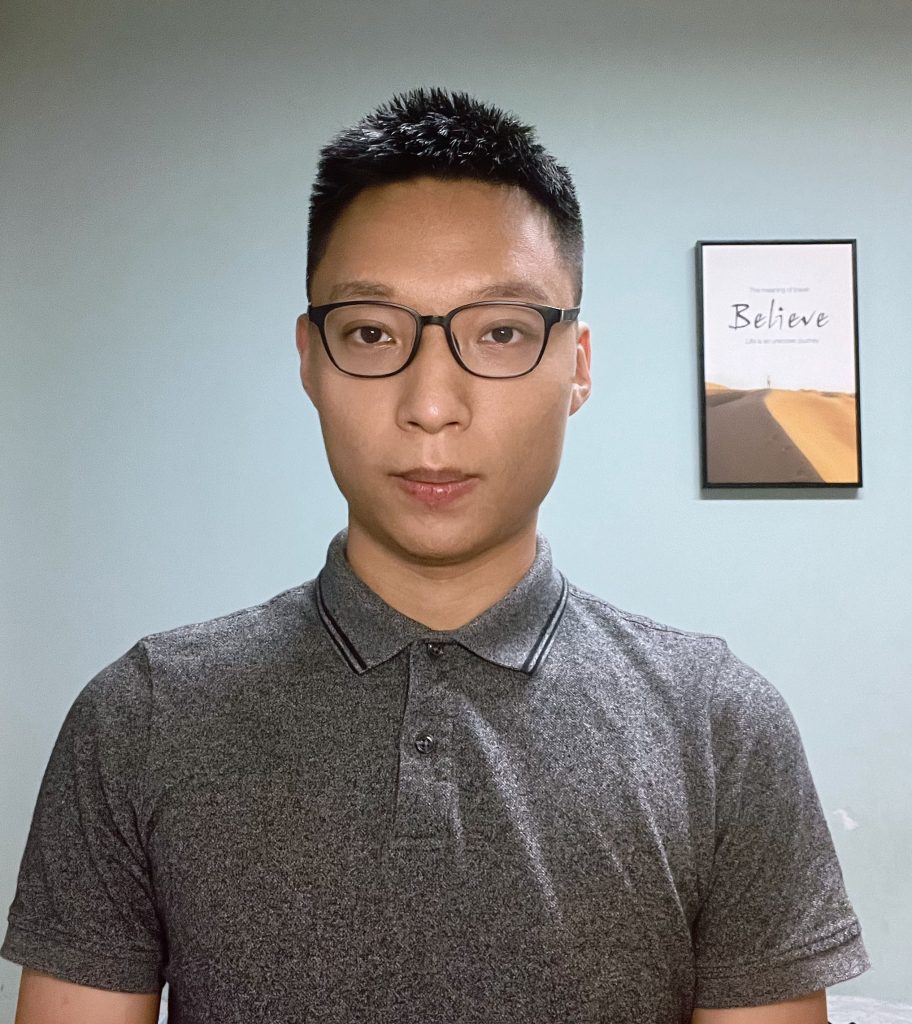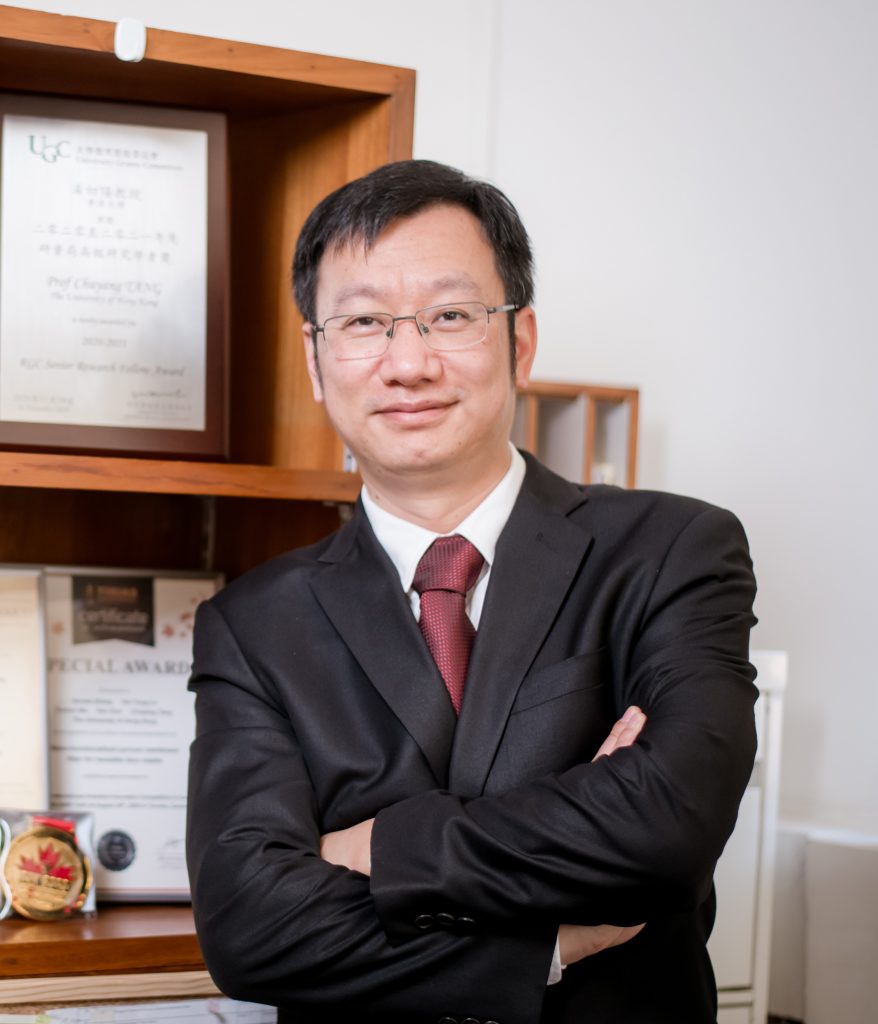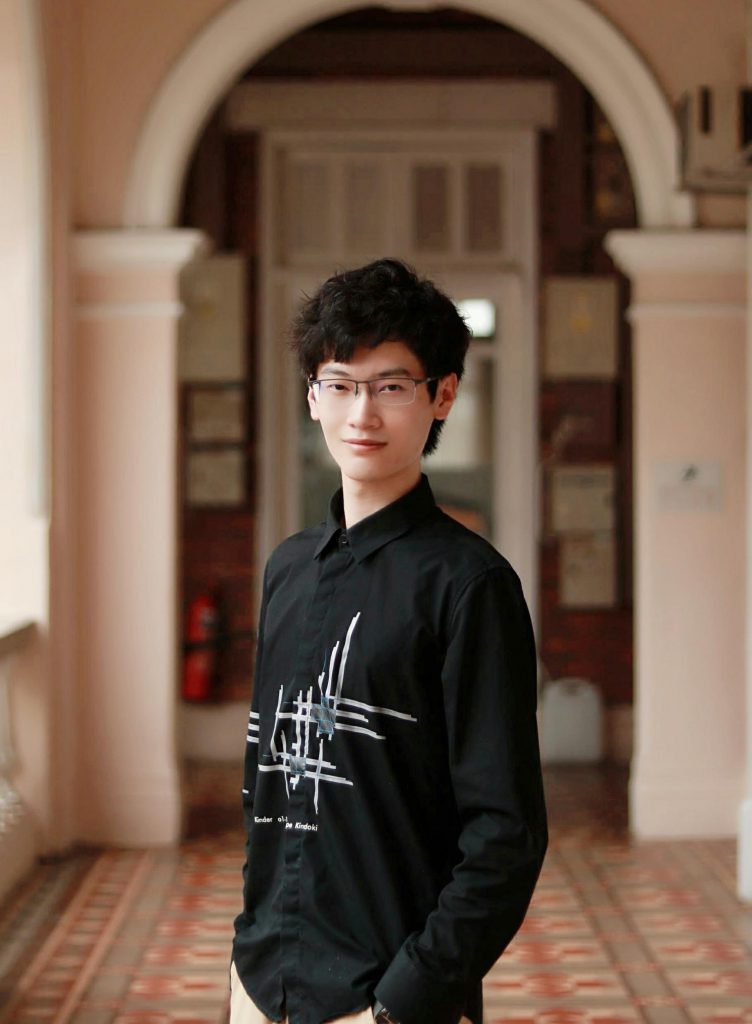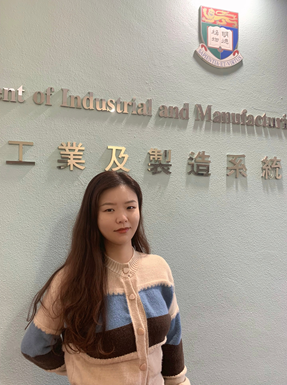Prefabricated construction is an emerging construction approach to produce prefabricated components in the off-site factory and transport them to the construction site for assembly, which provides enhanced quality, productivity, and sustainability. On-site assembly is an uncertain and complex stage in prefabrication projects, due to high variability of outside conditions, organization of multi-contractors, and geographic dispersion of activities. Information technology is adopted for the management of precast on-site assembly, such as Internet-of-Things (IoT), Cyber-Physical Internet (CPS), and cloud computing, which generate massive digital twins of construction resources and activities. This tech talk introduces a digital twin-enabled real-time synchronization system (DT-SYNC) with a robotic testbed demonstration for smart prefabricated on-site assembly. On-site resources are converted into Smart Construction Objects (SCOs) attaching with UWB and RFID devices to collect and integrate real-time nD data (e.g. identity, location, cost, and construction progress). Through smart mobile gateway, various on-site resources and activities could be real-timely interoperated with their corresponding digital twins. Cloud-based services are provided for real-time monitoring through high-fidelity virtual models, and robotic control with automatic navigations and alerts. Supported by the cyber-physical visibility and traceability provided by digital twins, a real-time synchronization model is designed to organize and coordinate operations and resources with simplicity and resilience, which guarantees that the appropriate resources are spatiotemporally allocated to the appropriate activities.

